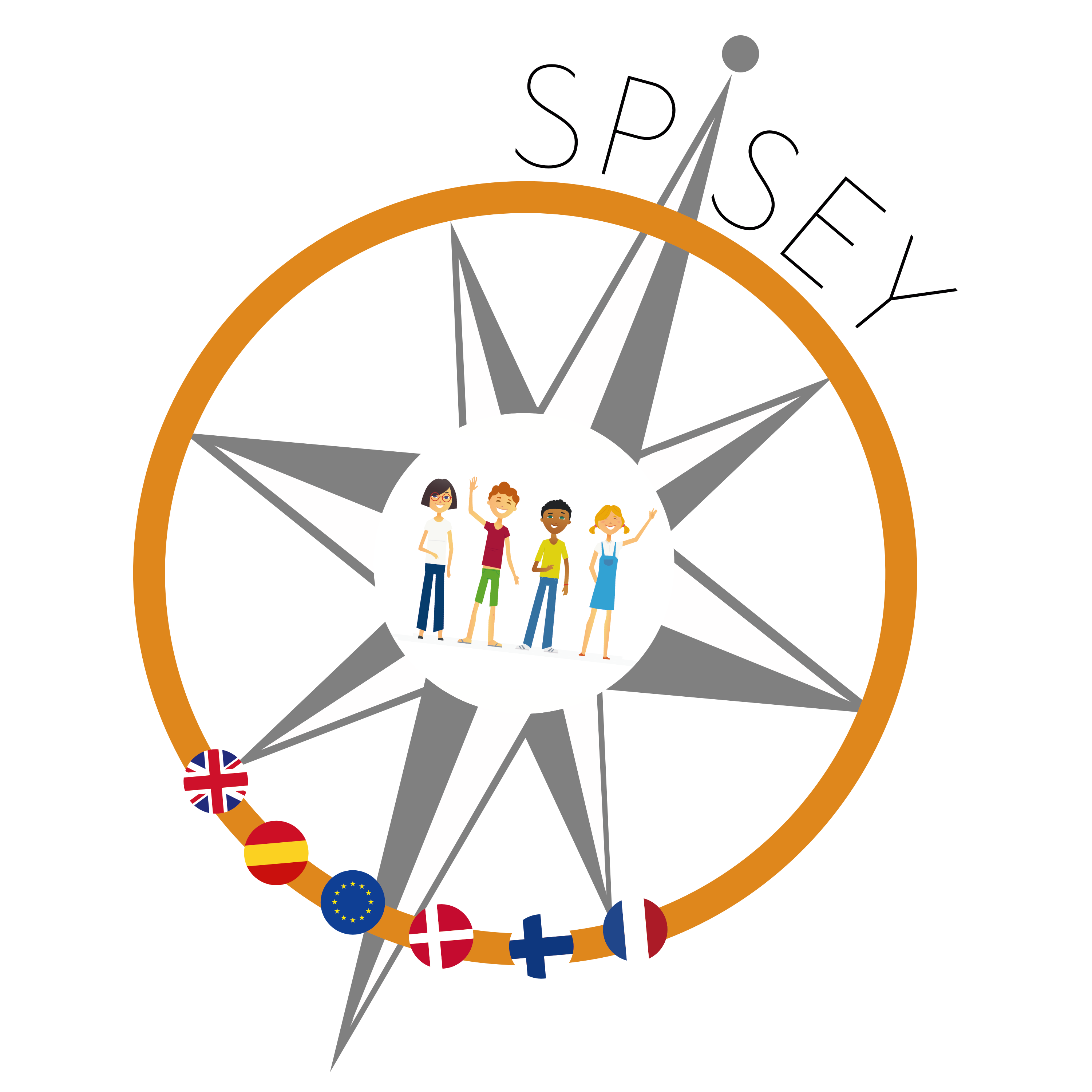

For facilitators
On this platform, you have access to the European Inclusion Compass, which is a strategic school management tool, with the main objective to introduce inclusive practices in schools and youth education.
The Facilitation and Toolbox is an integrated part of the European Inclusion Compass, that proposes a list of concrete facilitation and process tools to be applied in the different process parts of the Compass.
If you click on the different process parts of the Compass, you will be directed into a selection of tools, that you can use as a facilitator to assist schools in their work to develop, decide upon and implement inclusive practices. Thus, you can find tools to facilitate the following process activities;
-
setting up a co-ordination group
-
creation (or revision) of existing values
-
decision on further direction
-
investigating dilemmas and barriers
-
clarifying present and not present resources
-
deciding on what is going to be the chosen pathways
-
taking care of practice in the process of implementation
-
carrying through the process evaluation
-
revising (new) values
What is a facilitator?
A facilitator should be seen as a person, or persons, who participate(s) in strategic and / or change processes with the objective to ease the process. A neutral person or persons, who manage(s) the flow of discussions and dialogues encouraging all participants to participate in the best possible and equal way and stay on the task, increasing the collective value of the entire team. Within the ERASMUS + project; “Co-creating Welfare”, (www.ccw-project.eu), 6 important steps of the role of a facilitator have been described as follows:
1) Preparing and planning the process activity agenda in advance
Prepare the work in advance taking into account the “who”, “what”, “why” and “where”, to decide “how” to carry out the meeting.
2) Clarifying the objectives of each process activity, as well as the expected time that will be spent on each activity
Making sure that all participants understand and agree upon the objective of the activity.
3) Co-creating community rules to establish appropriate ways to interact with each other during the process activity.
What is allowed and what is not allowed within the collaboration.
4) Keeping the discussion moving
Making sure that all participants are heard and participate in the discussion
5) Monitoring the time of the process activity
Making sure that the activities and discussions have a time limit; not too long and not too short. Momentum should be kept at the same time as the group needs time to get around the subject.
6) Close the process activity and renew the action items for the future.
Sum up the meeting and make sure that all participants understand and recognise the outcome of the meeting or actitity.
Why is it a good idea to engage an external facilitator?
Based on the gathered knowledge from many change processes within schools, the SPISEY partnership has experienced that results are better, when an external facilitator is connected to a strategic change process. The reasons for this are manyfold, and among others;
1) A school manager is part of the school culture and risk to either not see the critical factors or have difficulties to mobilize change because of the hierarchy or biased understandings from both the management side and stakeholder side.
2) If a staff member, or a group of staff members, are appointed facilitators, he / she / they risk(s) to be caught between two “camps” and a risk for creating internal “policy battles” is there.
3) An external facilitator is not part of the culture and will be able to see things from the “outside” without a biased understanding.
4) An external facilitator will be able to ask the difficult questions without prejudice.
5) Available time to make comprehensive follow up on decisions and agreed actions is extremely important, and staff members will very often not have this time available. They primary job will normally be to provide teaching, and facilitation will be an additional task, hence the application of the inclusion compass risk to lose the momentum, if follow up does not take place in an effective way.
6) As a school manager it is easier to describe a concrete task to a contracted and external facilitator, keeping that person responsible for the process as described in a contract.
7) And perhaps most important of all: By using an external facilitator, school management is freed of obligations as being responsible for the process enabling school management to focus on the end product, namely to implement inclusive practices in the school environment. In other words, this construction and distribution of responsibility with an external facilitator creates ‘free space for school management to engage in the process.
We wish you a good visit to the Facilitation and Toolbox, that you can find as an entire pdf document here.

